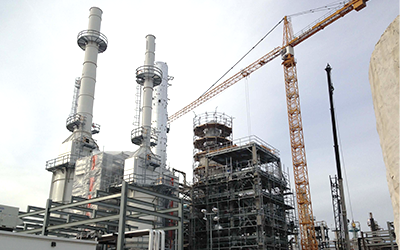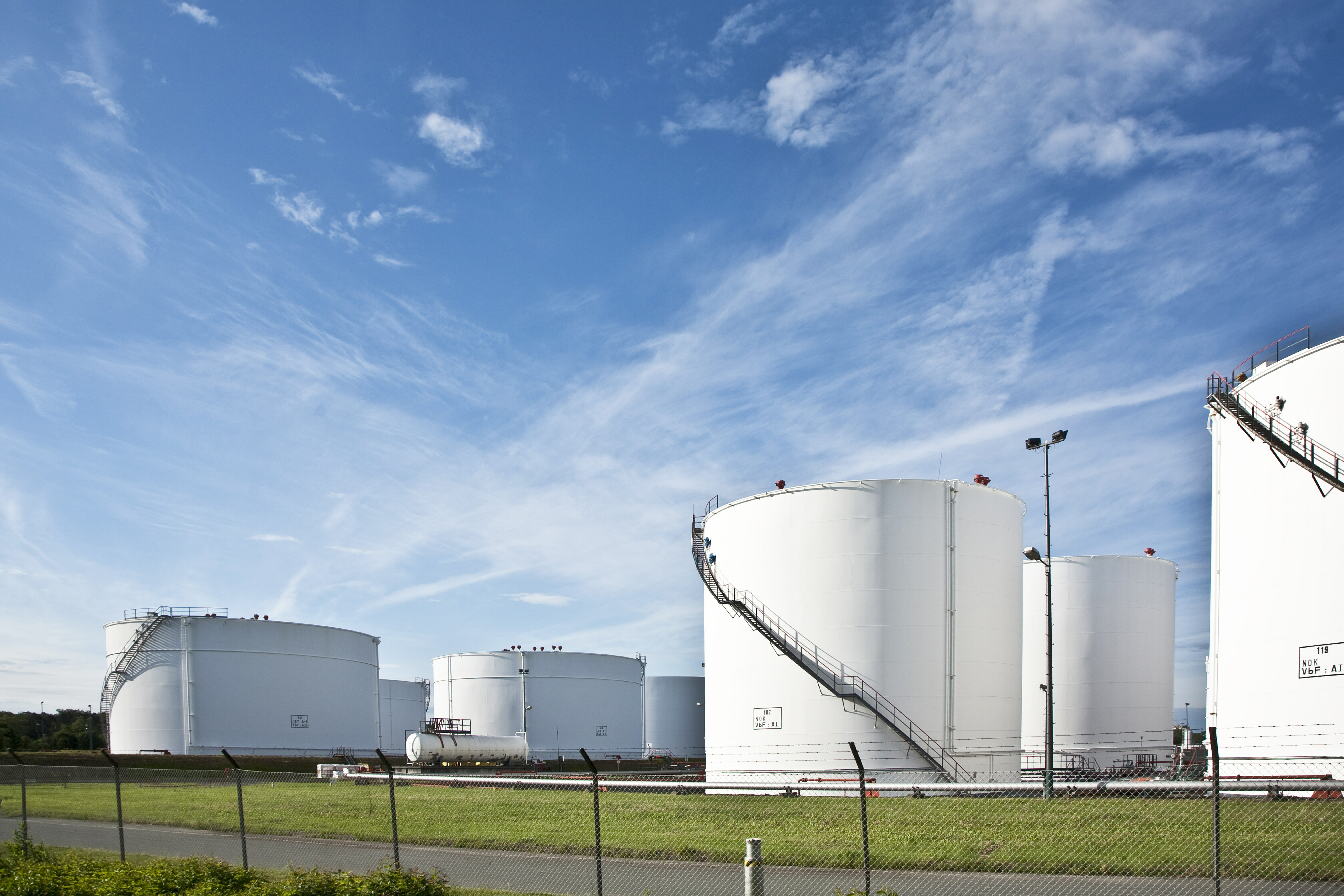BLOG POST
“Degassing,” a term frequently used in the petroleum processing and production industries, is the process of evacuating hazardous vapors from the interior of processing vessels and piping.
These hazardous vapors are typically volatilized hydrocarbon gases and hydrogen sulfide, among others. So, what is degassing? The process of degassing does not include the removal of residual organic or inorganic solids or scales—only vapors.
Every piece of processing equipment, from tanks, towers, and exchangers to separators, columns, and piping, requires degassing decontamination. This is part of the preparation for inspections and maintenance work. The removal of the volatile gases prevents any potential of a flash fire or a more disastrous accident.
Historically, degassing has been accomplished through purging the vessel with steam to physically force out the latent vapor content with steam pressure. Steaming of equipment can require many hours to successfully evacuate the vapor to an acceptable level. Which means creating a safe environment for vessel entry and for hot work to begin. As the common saying goes, time is money; these long hours lead to lost profit and productivity.
Over the years, the “steaming” process has evolved to include methods for reducing the hours required for the decontamination process and minimizing the creation of waste fluids. The chief enhancement in this process has been the introduction of chemical products designed to improve the degassing timeline. Degassing products vary widely in composition from supposed enzymatic to pleasant aroma citrus solvents to diluted oxidants. Of these varying processes, the common feature is detergency to impact system de-oiling.
So, what is degassing?
But as we consider the process and the enhancements of chemical usage, is “degassing” truly degassing, or is it something else? What exactly is it that degassing chemicals actually do? In short, these products are largely degreasing agents intended for the purpose of removing residual liquid products—oils—from the system. It is these residual liquids that continually contribute to the creation of more vapor as the hot system temperature exceeds the liquid boiling point, converting the liquid into more gas. The basic degassing products in the industry (other than those available through FQE® Chemicals) have no effect on the presence of the existing vapors in the system. These chemicals do not remove vapor-state gases more quickly than steam alone. The industry must still rely on steam pressure to force out gaseous hydrocarbons.
The advent of the steam-phase cleaning process (the injection of chemicals into the steam purge) has helped to reduce the required steaming time. Also, it minimizes the volumes of wastewater that the cleaning process creates. The degreasing (degassing) chemicals function by surface tension reduction to displace oils from the metal surfaces. And by emulsification of the displaced oils into the condensed steam. The emulsions formed by the degassing chemical can often result in prolonged oil-in-water emulsions, delaying wastewater disposal through internal wastewater treatment facilities. The impact of wastewater processing should be considered when deciding on a degassing agent.
Because the time required for system decontamination is a critical path item, the possibility of combining functions during the decontamination period is important. Being able to remove organic solids such as asphaltenes during equipment cool-down, for example, aids in eliminating potential LEL (lower explosion limit) excursions during the manned entry maintenance work that frequently disturbs organic solids deposits, releasing trapped gases and liquids. Additionally, valuable time can be saved if the decontamination products being used are chemically compatible and can be administered simultaneously.
Properly chosen decontamination products, a well thought out application plan, and attention to will ensure successful equipment decontamination.
For more resources on degassing, visit our Degassing application page.



